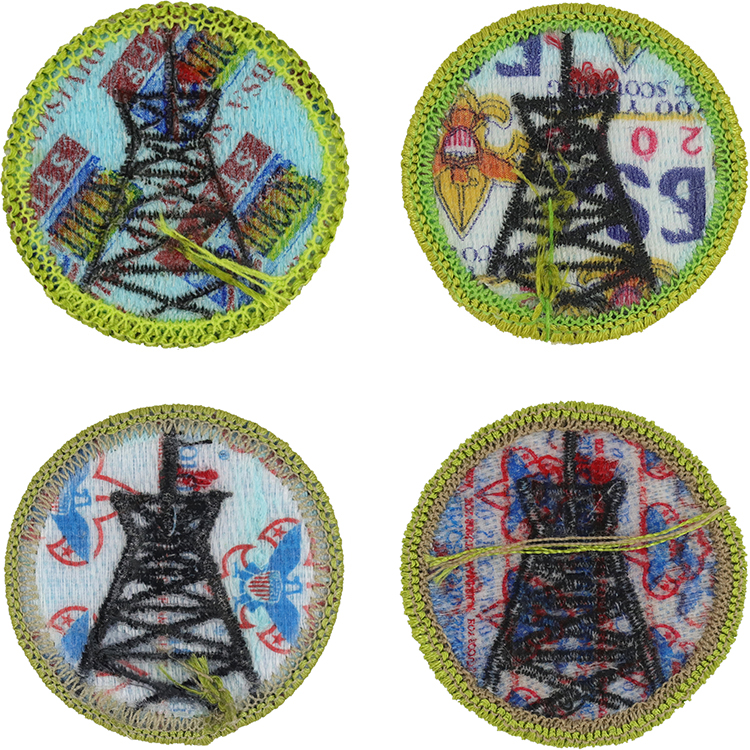Brown Imprint:
From 1911 until sometime in the late teens all BSA badges had a brown image on the reverse. The image comprised two parts; a BSA Seal and lines between the seals. Figure 1 is a close up or the seal. The seal is 1 ½ inches in diameter. Figure 2 shows the placement of seals on the reverse of the cloth. Because of the distance between seals very few merit badges have all or part of a seal image. Figure 3 is a close up of the lines between the seals. Figure 4 is a black and white conversion to make the lines more visible. The printing on the reverse was to protect the badges from being used by other programs in the early years of Scouting.
Black Imprint:
In the late teens the imprint color was change to black because the brown faded and was very difficult to see. The black and brown imprints were identical except for color. In approximately 1937 the BSA eliminated the printing in the reverse of all scout badges. This was done to reduce the cost of manufacturing badges and the need for the imprint protection had ended as all other competing programs had ended
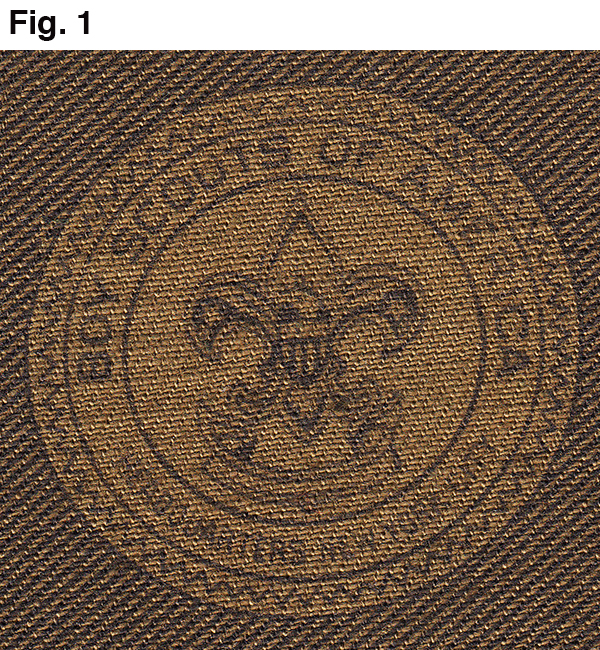
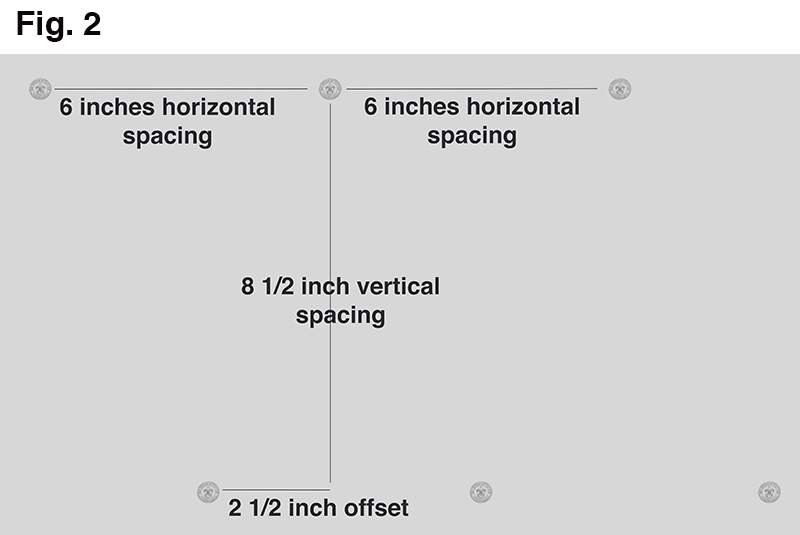
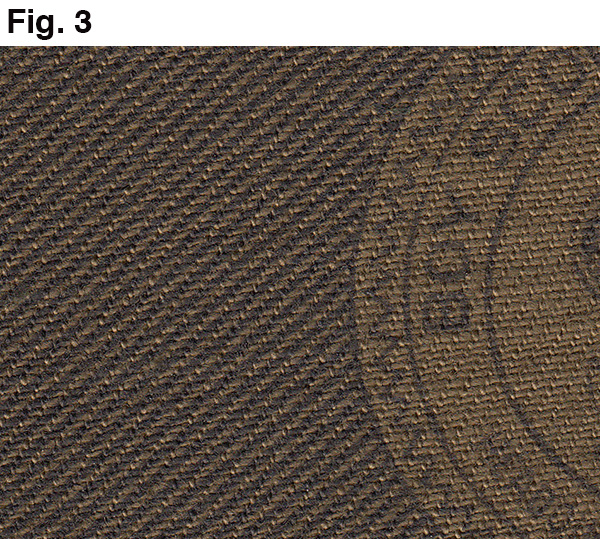
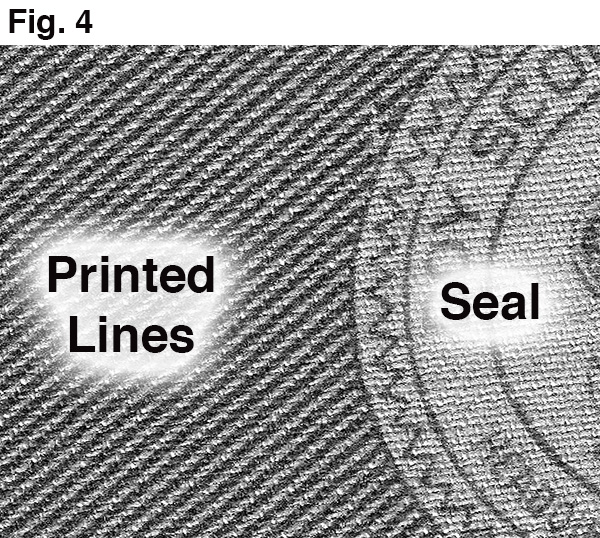
Scout Stuff Imprint, 2010 100th Anniversary Imprint & Since 1910 Imprint:
In 2002 the BSA determined it need to add an imprint to the back of all badges to protect Scouting from counterfeit badges and the badges being used for programs other the Scouting. From 2002 to 2010 the imprint was the “Scout Stuff” imprint. For the 100th Anniversary of Scouting the imprint was changed to the “2010 100th Anniversary” imprint. In 2015 the imprint was change to the “Since 1910” imprint. The large FDL image is used by suppliers, the small FDL image is used by the BSA’s Charlotte embroidery shop.
